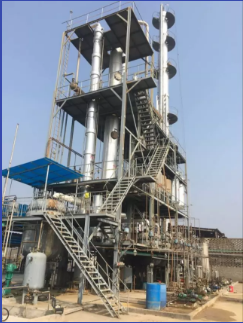Know More About The Production of Methyl Acetate
The Methyl Acetate Manufacturing Process, moreover retaining its usefulness from solvent applications, is gaining significance as an intermediate in the production of other valuable goods. Due to its unfavourable physical attributes (viz. Article of azeotropes and solubility in water) pure methyl acetate containing low levels of methanol and water isn't readily obtainable using traditional procedures. A traditional esterification procedure which may be used for its production of methyl acetate comprises the addition of a feed mixture comprising extra methanol and acetic acid into an esterifier containing aqueous acetic acid and a solid acid catalyst (e.g. toluene-para-sulphonic acid) under reflux conditions. A normal ester distillate product obtained by use of a 2:1 molar ratio feed of methanol:acetic acid must comprise 59.9percent w/w methyl acetate, 26 percent w/w methanol and 14.5% w/w water. Conventionally purification of such a crude ester distillate is effected at a multi-stage process which generally incorporates hydroselection (for removal of methanol) and azeotropic drying (for removal of water). Additional distillation measures have to recover methanol from the hydroselection base product and methyl acetate from the decanter water phase/entrainer for recycle.
We are Methyl Acetate Technology Provider and more information about Methyl Acetate Production, welcome to contact us.

评论
发表评论